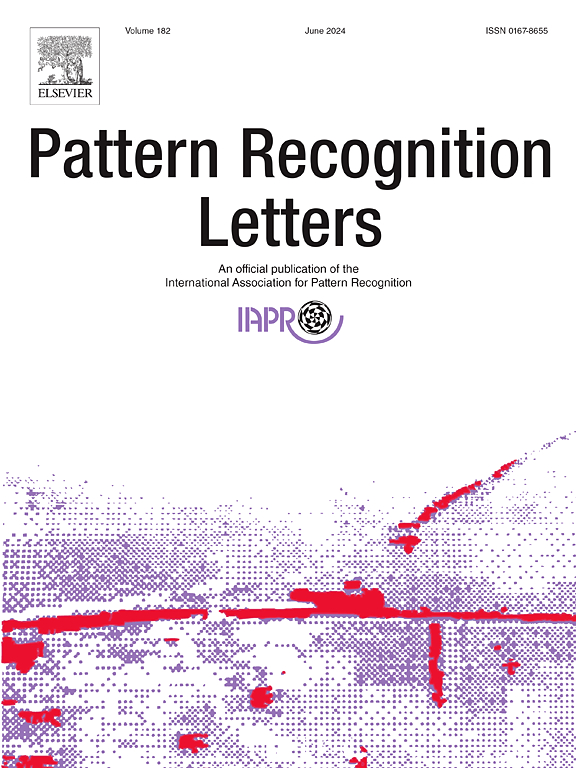Few-shot Hierarchical Text Classification with Bidirectional Path Constraint by label weighting
IF 3.9
3区 计算机科学
Q2 COMPUTER SCIENCE, ARTIFICIAL INTELLIGENCE
引用次数: 0
Abstract
Hierarchical Text Classification (HTC) organizes candidate labels into a hierarchical structure and uses one or more paths within the hierarchy as the ground-truth labels, which has been applied to various downstream tasks, e.g., sentiment analysis and harmful text detection. Existing works often involve data-driven models that are trained on large-scale datasets. However, creating annotated datasets is labor-intensive and time-consuming. To address this issue, recent work has focused on the few-shot HTC task, where each class has only a few samples, e.g., 5. These approaches perform classification at each layer separately and leverage the prompt learning capability of pre-trained models like BERT. However, we find that these methods always neglect the inter-layer relationships. To solve this problem, we propose a new model called Bidirectional Path Constraint by Label Weighting (Bpc-lw). Its basic idea is to use a pre-defined label embedding matrix and a feed-forward neural network for information propagation between layers, while also designing a bidirectional label weighting method to constrain the predictions of each layer to be along the same path in the label hierarchy. In addition, we employ a contrastive learning-based method to enhance the discriminative capacity of the hierarchical embeddings. We compare our proposed method with recent few-shot HTC baseline models across 3 benchmark datasets, and the experimental results demonstrate the effectiveness of Bpc-lw.
求助全文
约1分钟内获得全文
求助全文
来源期刊

Pattern Recognition Letters
工程技术-计算机:人工智能
CiteScore
12.40
自引率
5.90%
发文量
287
审稿时长
9.1 months
期刊介绍:
Pattern Recognition Letters aims at rapid publication of concise articles of a broad interest in pattern recognition.
Subject areas include all the current fields of interest represented by the Technical Committees of the International Association of Pattern Recognition, and other developing themes involving learning and recognition.
 求助内容:
求助内容: 应助结果提醒方式:
应助结果提醒方式:


